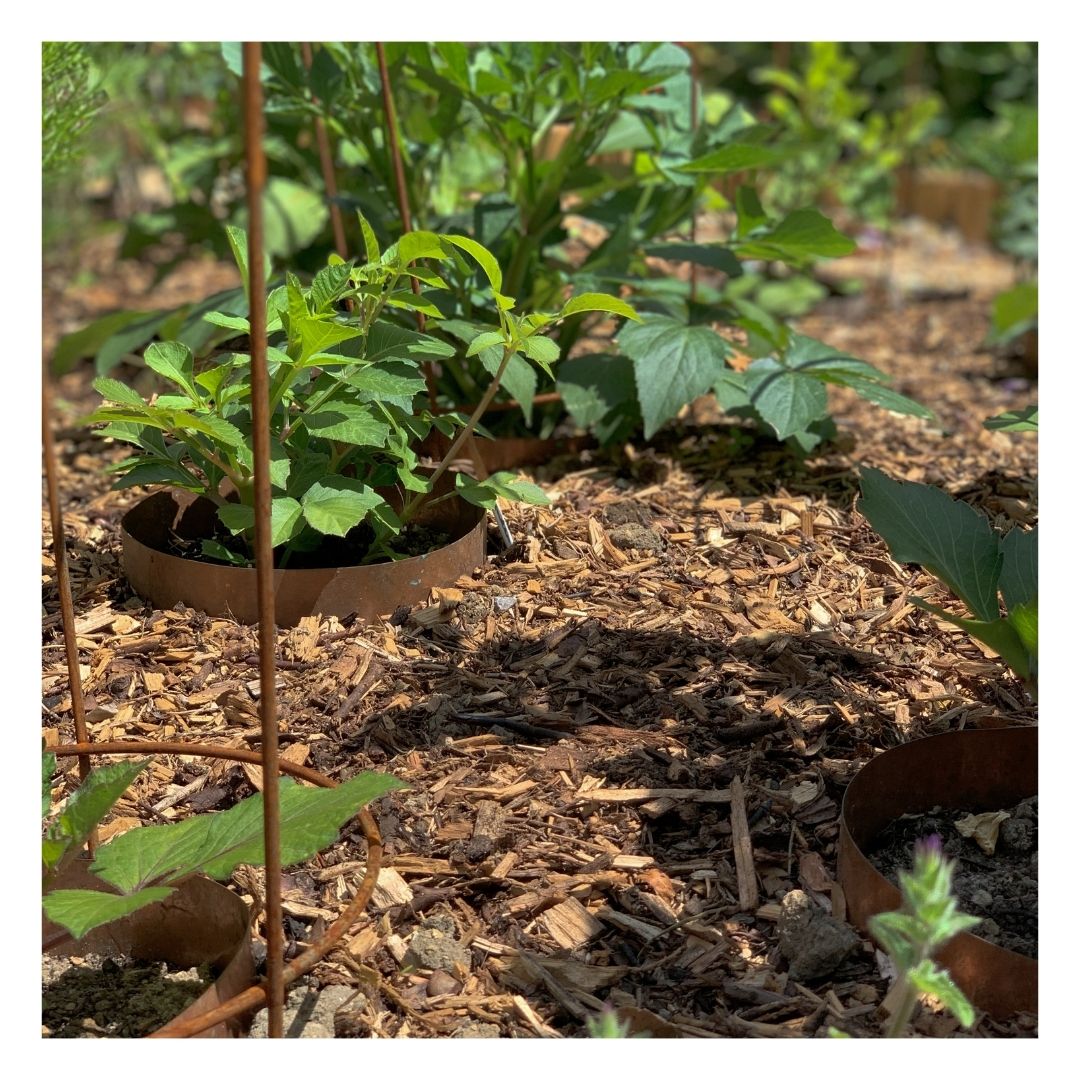Landscaping to Increase Property Value
If you’ve been in the market for buying a house – or even just thought about buying one –, you will know just how valuable the outdoor spaces of a property can be. However, just like the interior design of the building being sold, it’s important that a prospective buyer can ‘see’ themselves living there. If you’re a landscaping company or designer that has been commissioned to re-design a landscape to make it more appealing to prospective buyers, here are a few tips that increase property value and some of the common mistakes to avoid. First, some common ideas that you and your clients should avoid:
Don’t Over Complicate It
One of the most common mistakes that people make is to assume that prospective buyers want a designer garden. People often assume that something super modern and fancy is exactly what a buyer wants. However, tastes differ and people like different things in their spaces. An expensive garden might leave a prospective buyer wondering whether they can spare the time to maintain it or whether they can afford to remove it all and start again. Something simple, understated and yet with a quality finish is often the best approach. A blank canvas that can be adapted to the buyer’s tastes or still look pleasant if left as is should be the best compromise.
Forget Expensive Accessories
Another common mistake is the thought that expensive garden accessories will increase a property’s value. Most people aspire to have a swimming pool, a hot tub or an outdoor kitchen in their garden. However, a swimming pool can cost upwards of £10 a day to heat, clean and maintain – a cost that many of your potential buyers could do without – especially for what is only a few months of potential swimming weather a year. Not to mention buyers with small children or pets who could be put off by the potential added danger. Instead, pay attention to these key areas that play on the majority of potential buyers aspirations and desires:
Captivate the Socialite
Even the most introverted house buyer wants to show off their property to friends and family – they want a space they can be proud of (without it dragging them down with debt). Design landscapes with social gathering in mind. Ensure that there’s ample room for barbeques and outside dining, especially in areas that catch the midday and evening sun. Make sure to include lighting that allows a gathering to extend pleasantly into the evening.
Keep it Consistent
With all living space design, consistency is the key. It’s off putting to a buyer to walk into a bedroom that is a completely different design to the hallway that precedes it. The same applies to the garden areas. A super clean straight edge and modern garden will feel out of place attached to a traditionally decorated country cottage, for instance. Ensure that any garden and outdoor landscaping is well mirrored by the rest of the property’s design.
Focus on Low Maintenance
Low maintenance doesn’t have to mean boring or uninspiring. A well designed and thought-out outdoor landscape is one that only requires only a small portion of time a month to maintain. Think about composite decking instead of pure wood, synthetic turf instead of grass and slow growing greenery, ground covers, shrubs and evergreens to show that a beautiful outdoor space doesn’t need to take up every available weekend for maintenance. Bear in mind that there’s a difference between the maintenance needed and the ‘perceived maintenance’, a garden might look difficult to maintain even if it only takes 2 hours a month to keep up with. The first impression is everything to a buyer, so strike a balance between looking beautiful and looking simple to maintain.
Keep it Private
As an outdoor designer, landscaper or architect, you’re probably familiar with the idea of creating privacy in a garden. This will come as no shock to you. Buyers, particularly those that are upsizing or moving to a different area are always looking for that bit of extra privacy. They’ll always say the words ‘it’s nice not to be overlooked’ and they’re right. Tall shrubbery and trees can help to introduce that homely feeling of privacy. Additionally, think about sound privacy. It’s all well and good to not be seen but if you can hear every word your neighbours say (or vice versa), it can be off putting. Take a look at our recent blog on landscaping to reduce road noise, for some handy tips on preventing intrusive noises. It’s all about appealing to the most common buyer; similarly to how house developers will redevelop buildings, not to their own taste but to their potential buyer’s taste this notion applies to outdoor design too.Shop Eco Top Sellers
-
Eco Woodland Garden Mulch
Regular price £126.95 GBPRegular priceUnit price per -
Eco Organic Compost: Beds & Borders
Regular price £126.95 GBPRegular priceUnit price per -
Eco Mulch: Soil Improving Mulch
Regular price £121.95 GBPRegular priceUnit price per -
Eco Bark Nuggets
Regular price £196.95 GBPRegular priceUnit price per













